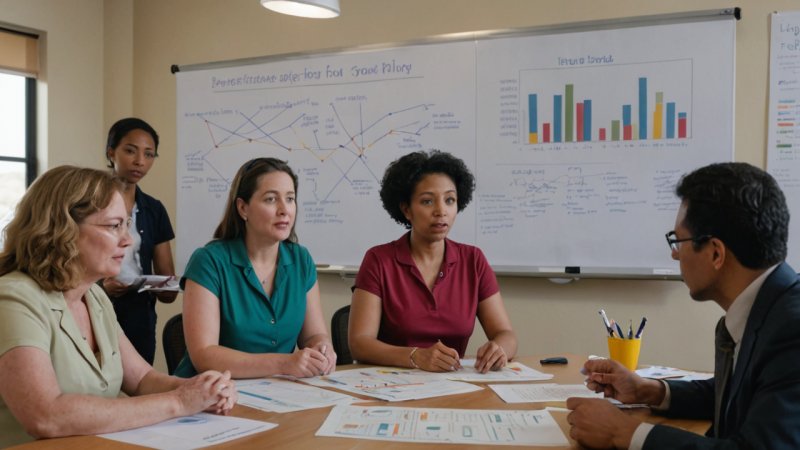Introduction
In a world where millions still suffer from hunger and malnutrition, effective policies are crucial for enhancing food security and nutrition. This article will guide you through the essential steps that policymakers and stakeholders can take to develop and implement strategies that ensure access to sufficient, safe, and nutritious food for all. By understanding these steps, you will gain insights into how policy can be a powerful tool in the fight against food insecurity.
Step 1: Understand the Current Food Security Landscape
The first step in enhancing food security through policy is to assess the current situation. This involves gathering data on food availability, access, utilization, and stability. Here’s how to do it:
- Conduct Surveys: Use national and regional surveys to collect data on food consumption patterns and nutritional status.
- Analyze Existing Reports: Review reports from organizations like the FAO, WHO, and local governments to understand trends and challenges.
- Engage Stakeholders: Consult with farmers, NGOs, and community leaders to get insights on local food systems.
Step 2: Identify Key Policy Areas
Once you have a clear understanding of the food security landscape, identify the key policy areas that need attention. Focus on:
- Agricultural Production: Policies that support sustainable farming practices and increase food production.
- Nutrition Education: Initiatives that promote healthy eating habits and inform the public about nutrition.
- Food Distribution: Strategies to improve the supply chain and ensure food reaches vulnerable populations.
Step 3: Develop Collaborative Partnerships
Collaboration is vital for effective policy implementation. Here’s how to foster partnerships:
- Engage Government Agencies: Work with various levels of government to align policies and resources.
- Involve the Private Sector: Partner with businesses to innovate solutions for food production and distribution.
- Leverage NGOs and Community Organizations: Collaborate with local organizations that have direct access to communities.
Step 4: Create Evidence-Based Policies
Policies should be grounded in solid evidence. Follow these guidelines:
- Utilize Data: Use the data collected in Step 1 to inform policy decisions.
- Pilot Programs: Implement small-scale pilot programs to test new ideas before wider rollout.
- Monitor and Evaluate: Continuously assess the impact of policies and make adjustments as necessary.
Step 5: Advocate for Policy Changes
Advocacy is essential for driving policy changes. Here’s how to effectively advocate:
- Raise Awareness: Use media campaigns to inform the public about food security issues.
- Engage Policymakers: Organize meetings and forums to present data and recommendations to decision-makers.
- Mobilize Community Support: Encourage community members to voice their needs and support policy initiatives.
Step 6: Implement and Sustain Policies
Finally, once policies are in place, focus on implementation and sustainability:
- Allocate Resources: Ensure that sufficient funding and resources are dedicated to policy initiatives.
- Train Stakeholders: Provide training for those involved in implementation to ensure effective execution.
- Foster Community Involvement: Encourage community participation in monitoring and sustaining programs.
Conclusion
Enhancing food security and nutrition through policy requires a comprehensive approach that involves understanding the current landscape, identifying key areas for intervention, fostering partnerships, creating evidence-based policies, advocating for change, and ensuring sustainable implementation. By following these steps, stakeholders can contribute to a world where everyone has access to the food they need for a healthy life. Remember, the journey towards food security is a collective effort, and every action counts!






